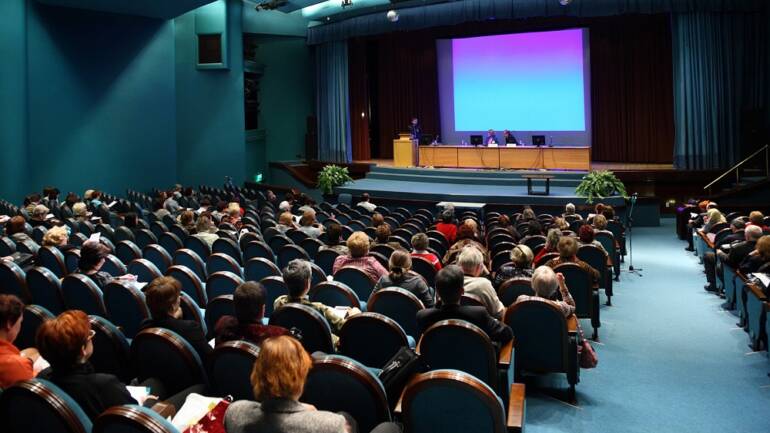Picture this.
You’re an engineer who is presenting at an upcoming technical conference.
Presenting in front of people has never really been your strong suit, but you’re determined to do a good job in front of your peers.
How do you prepare for the presentation?
Start with the end in mind.
Ever heard of a call to action (CTA)?
It’s the action you as the presenter want the audience to take after the presentation. Simply put, what do you want them to do?
To put your presentation together, develop what your CTA is, and work backwards.
For instance, your presentation is on 3D printing of a novel copolymer to be used for implantable medical device applications. The CTA could be to stay tuned for upcoming research that builds on the current research, such as preclinical studies using the copolymer.
Now that you have the CTA, what’s next?
Develop the points that lead to the CTA.
What’s the significance of such a copolymer? Why is it better than what is currently available?
What experiments have been done to show the efficacy of the copolymer for medical device purposes?
What were the results?
And now that the audience is intrigued with the work that has been done and wants to know what’s next, hit them with the CTA.
What’s useful about working backwards is that you avoid putting together information that is irrelevant to the CTA.
There’s likely a time limit for your presentation. An added benefit of developing the CTA and the relevant points to support the CTA is that it focuses you so you don’t include impertinent information and potentially go over time.
Presenting can be a nerve-wracking experience. If you know that you’ve put together a presentation that makes it clear what you want the audience to do, could that possibly alleviate some of those nerves? I’d say so.
Ultimately, working backwards when developing a talk offers a process that you can use again and again regardless of the type of presentation.
Now get out there and nail your talk!

